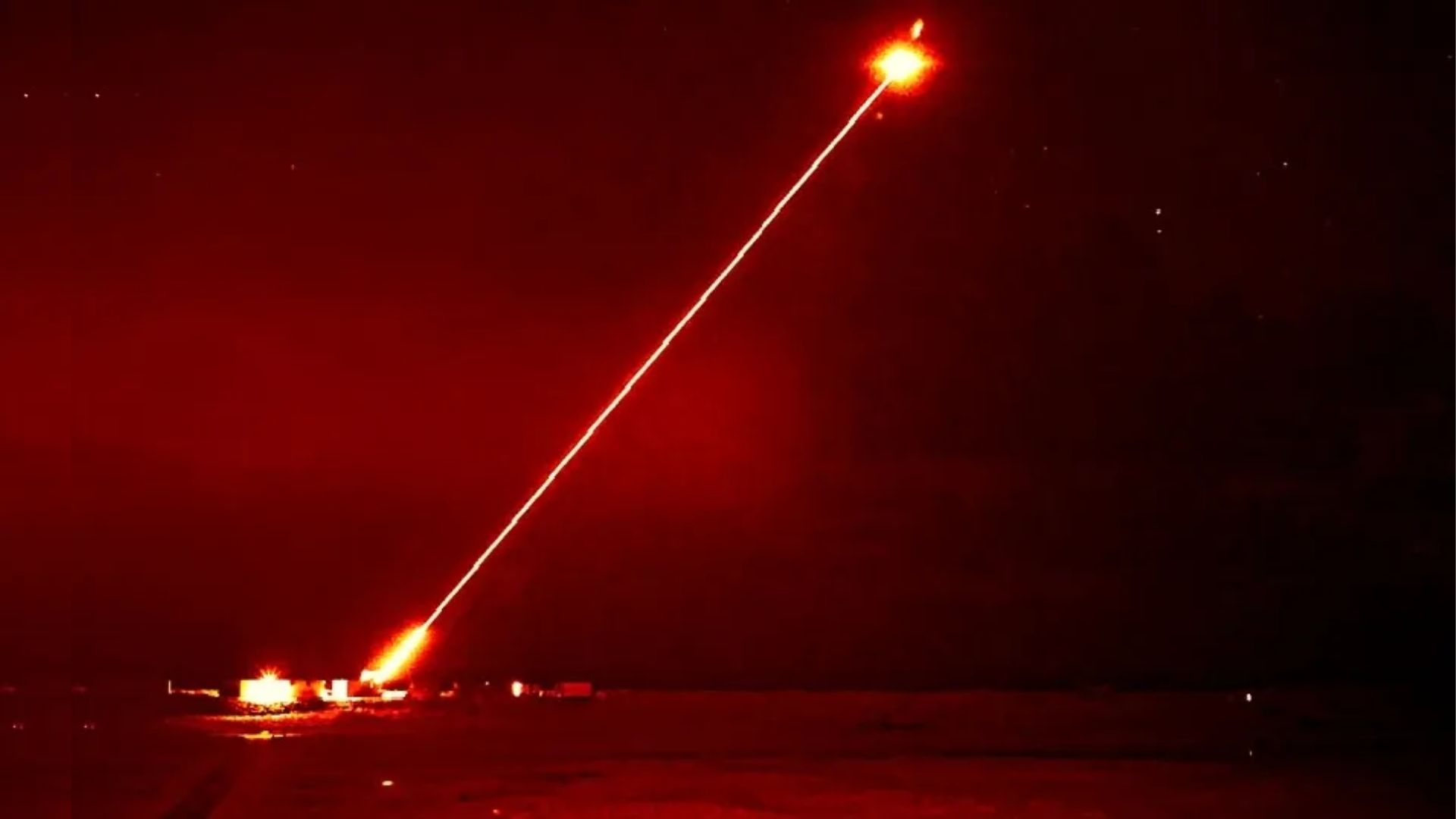World
S.Korea to zap North’s drones with ‘StarWars’ laser in a world-first

South Korea’s Defense Acquisition Program Administration (DAPA) announced on Thursday that it will become the first country in the world to deploy anti-drone laser weapons.
The laser system dubbed the “StarWars” project, will counter North Korean drone incursions into its airspace.
Once active, the strategy, developed by Hanwha Aerospace (Hanwha), will cost around $1.45 (2,000 won) per shot. In a move called “game-changing,” the new defense systems will be silent and deadly for enemy drones.
Hanwha, a subsidiary of Hanwha Group, is an aerospace industrial company headquartered in Changwon, South Korea. It was established in 1977 as Samsung Precision.
“Our country is becoming the first country in the world to deploy and operate laser weapons, and our military’s response capabilities on North Korea’s drone provocation will be further strengthened,” DAPA said, calling those weapons a game changer in the future battlefield.
South Korean “StarWars” to be active soon
The DAPA spokesperson explained that laser weapons can shoot down flying drones by targeting and burning their engines or other electric equipment with beams of light for 10 to 20 seconds. Beyond the announcement and publically-released information, like the name, little is known about South Korea’s “StarWars” system.
According to the think tank The Rand Corporation, there is significant interest worldwide in these weapons for countering the spread of unmanned systems and for targeting missiles in flight or satellites in orbit. Many, like the United States, United Kingdom, Japan, and Israel, are close to deploying their own soon.
Israel, for example, is in the process of developing its own Iron Beam air defense laser system due to the increasing threat posed by terrorist groups like Hezbollah that use drones.
In April 2022, Israel’s Defense Ministry announced that the laser system had successfully shot down drones, rockets, mortars, and anti-tank missiles during its initial round of tests.
The ministry’s research and development department initially planned to deploy the anti-missile system by 2024. The military, however, pushed for an earlier deployment. Then-Prime Minister Naftali Bennett announced in February 2022 that Israel would deploy the system within the year.
Peninsula at war
However, it still has not been put into service. In December 2022, U.S. defense contractor Lockheed Martin signed an agreement with Israeli weapons manufacturer Rafael to contribute to the development of Iron Beam.
Lockheed Martin indicated that the collaboration would focus on developing, testing, and producing a version of the Iron Beam system for the American market and others.
In December, five North Korean drones crossed into South Korea, which is technically still at war with Pyongyang. This prompted Seoul to scramble fighter jets and attack helicopters in an attempt to shoot them down. This was the first such intrusion since 2017.
The Korean War from 1950-1953 concluded with an armistice but no peace treaty and established a Demilitarized Zone (DMZ) between North and South Korea. The United States has stated that both North and South Korea have violated the armistice by sending drones into each other’s airspace.
ABOUT THE EDITOR
Christopher McFadden Christopher graduated from Cardiff University in 2004 with a Masters Degree in Geology. Since then, he has worked exclusively within the Built Environment, Occupational Health and Safety and Environmental Consultancy industries. He is a qualified and accredited Energy Consultant, Green Deal Assessor and Practitioner member of IEMA. Chris’s main interests range from Science and Engineering, Military and Ancient History to Politics and Philosophy.







:max_bytes(150000):strip_icc()/roundup-writereditor-loved-deals-tout-f5de51f85de145b2b1eb99cdb7b6cb84.jpg)


